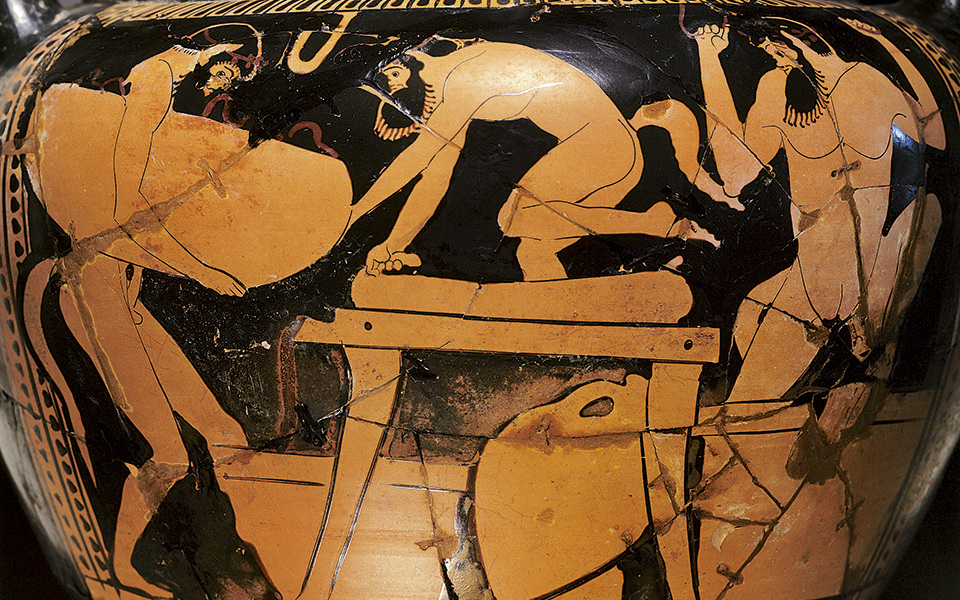The ancient Greeks left behind a rich cultural legacy that continues to fascinate and influence the world today.
We know a great deal about the origins and early development of democracy, their extraordinary advances in science and mathematics, philosophy, as well as the enduring legacy of Greek art and architecture, but did you know some ancient Greeks had a strange fear of beans, or that sneezing was seen as a divine omen?
The following lesser-known facts shed light on some of the more unusual aspects of ancient Greek society, highlighting the diverse and sometimes peculiar elements of their culture and customs.
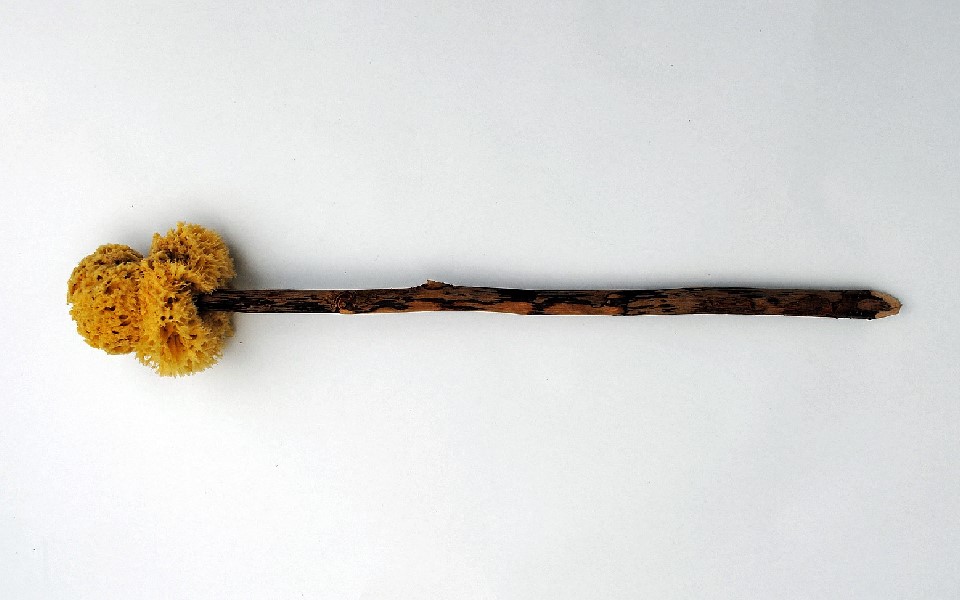
© Public domain
Toilet Hygiene
In ancient Greece, the most commonly used item for personal hygiene after using the toilet was a sea sponge (“spongos”) on a stick known as a “xylospongium.”
The xylospongium would be moistened with water and used to clean oneself after doing a “number two.” Afterward, the sponge would be rinsed in a bucket of salty water or vinegar and kept for future use. In public latrines, these sponges were often shared among multiple individuals!
The use of the xylospongium was not limited to ancient Greece but was prevalent in various ancient societies across the Mediterranean region, including the Romans, who were renowned for their use of public baths. The availability and use of the xylospongium varied depending on social status, with wealthier individuals having access to more luxurious materials, such as fine fabrics or wool, for their own personal use.
Another method was to use rounded stones or fragments of ceramic known as “pessoi” (literally “pebbles”) to wipe the area, which would have posed obvious risks, including skin damage and the irritation of external hemorrhoids. Some pessoi may have originated as “ostraca,” pieces of broken ceramics on which members of the various political assemblies would inscribe the names of public enemies.
Strange Superstitious Beliefs
The ancient Greeks were highly superstitious. They believed in various omens and signs, such as the appearance of certain animals or the way birds flew. They often consulted oracles and divination practices to seek guidance or predict the future.
One bizarre belief concerned sneezing, which was seen as an omen or a message from the gods. It was believed that sneezing at the start of an important task or conversation indicated favorable outcomes, while sneezing unexpectedly or during an inappropriate moment was considered a bad omen!
Another intriguing superstition involved the use of so-called “curse tablets” (“katadesmos” – meaning to “pierce” and “bind”), which were typically thin sheets of lead inscribed with curses or spells. These tablets were often buried or thrown into sacred spaces or water wells, aiming to transmit the curse to the desired target. They were used for various purposes, including seeking justice, causing harm to enemies, or winning in competitions.
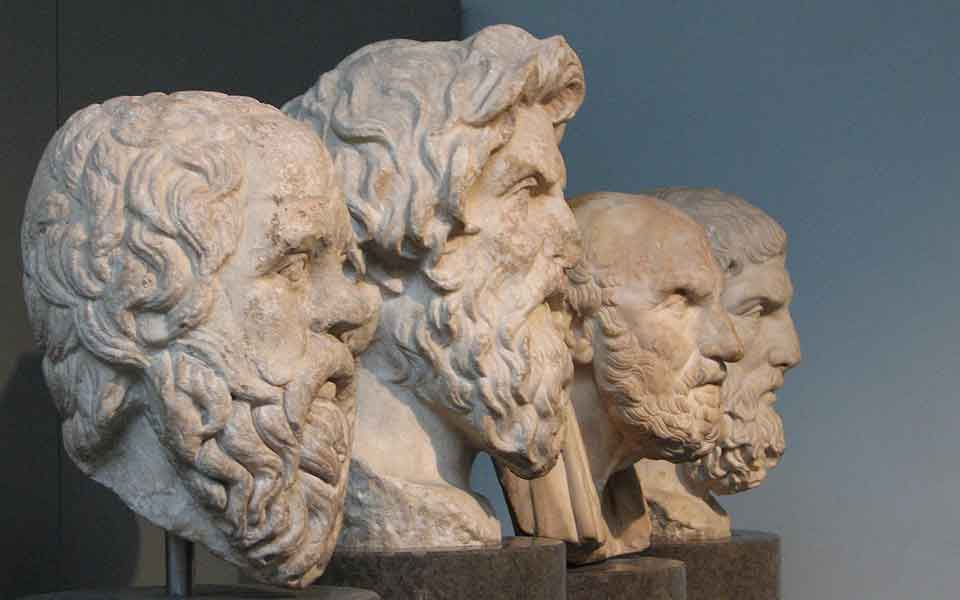
Long Hair and Beard Oil
Ancient Greek men took supreme pride in their appearance and considered their hair and beards as symbols of masculinity, beauty, and status.
Artwork, including statues and vase paintings, often depicted men with carefully styled hair and well-groomed beards. These depictions served as ideals of male beauty and influenced cultural perceptions of grooming and appearance. Men would often dedicate time and effort to care for their hair and beards, using oils, combs, and other grooming tools to maintain their appearance.
The style and length of hair and beards varied over time and across different city-states and social classes. For example, in the Archaic period (c. 750-479 BC), long hair was fashionable, while in the Classical period (479-323 BC), especially in Athens, shorter and more stylized haircuts became popular. In the case of beards, they were often considered a sign of wisdom, authority, and respectability, particularly among older men and leaders.
The Unibrow as a Sign of Beauty and Intelligence
In ancient Greek culture, the unibrow, a thick and unbroken line of hair above the nose, was seen as a sign of beauty and intellectual prowess. This belief stemmed from the idea that the unibrow formed a connection between the eyebrows, considered the “seat of intelligence.”
The Greek philosopher Socrates (c. 470-399 BC), renowned for his wisdom and intellectual pursuits, is often depicted in ancient artwork with a prominent unibrow. This depiction may have contributed to the association of a unibrow with intellectual superiority.
The link between the unibrow and physical beauty may stem from belief that symmetrical faces are regarded as the most beautiful, a reference to the ancient Greek mathematician Pythagoras’ geometrical formula called the “Golden Ratio of Beauty Phi.” In some instances, women without unibrows would use black eye liner, kohl, to fill in the space above their noses to appear more beautiful.
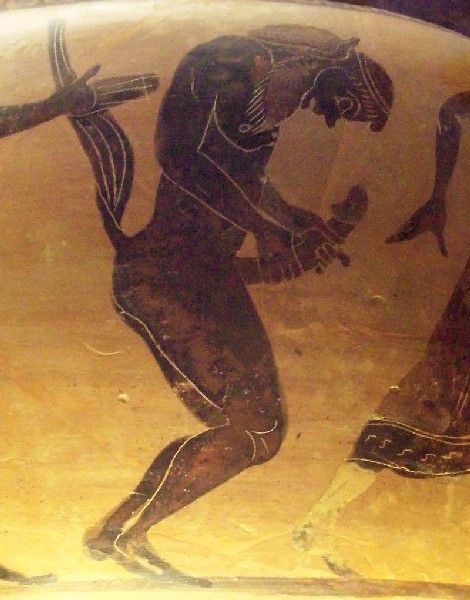
© Public domain
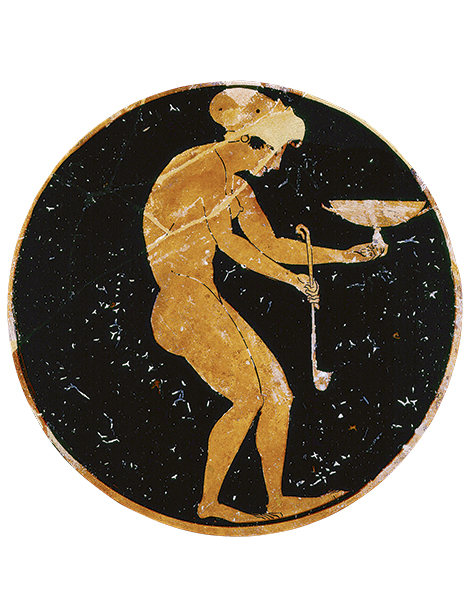
Obsession with Phalluses
The ancient Greeks had a fascination with phallic symbols as representations of male virility and the generative power of life, and protection against evil spirits and infertility. Phalluses were frequently depicted in art, architecture, and even worn as amulets.
Phallic processions and performances were central to festivals dedicated to Dionysus, the god of wine, theater, and revelry. Participants would carry phallus-shaped objects, wear phallic costumes, or engage in sexually explicit comedic performances.
Phallic humor was prevalent in ancient Greek comedy, which involved humorous and often crude jokes, puns, and physical humor related to male genitalia. They were a way to entertain and satirize societal norms and taboos. Phallic symbols and imagery were also believed to have apotropaic (protective) qualities. They were thought to ward off evil spirits, protect against the evil eye, and avert bad luck. As such, phallus-shaped objects were often placed at entrances, on walls, and in public spaces, notably at boundary markers.
Pregnancy tests
The ancient Greeks developed some bizarre methods to test for pregnancy. One common method involved observing changes in the woman’s urine. If, for example, her urine had a sweet taste or a distinct smell, it could indicate she was pregnant. Another method was to insert an onion into her vagina and leave it overnight. If she had onion breath the next morning, she was not pregnant – the rational being that her womb was unobstructed, thus allowing the smell of the onion to travel up to her mouth.
Hippocrates (c. 460-370 BC), commonly referred to as the “Father of Medicine,” suggested a further test using a mixture of honey and water, which the woman drank before going to bed. If she experienced severe cramps or bloating during the night, it was believed she was pregnant.
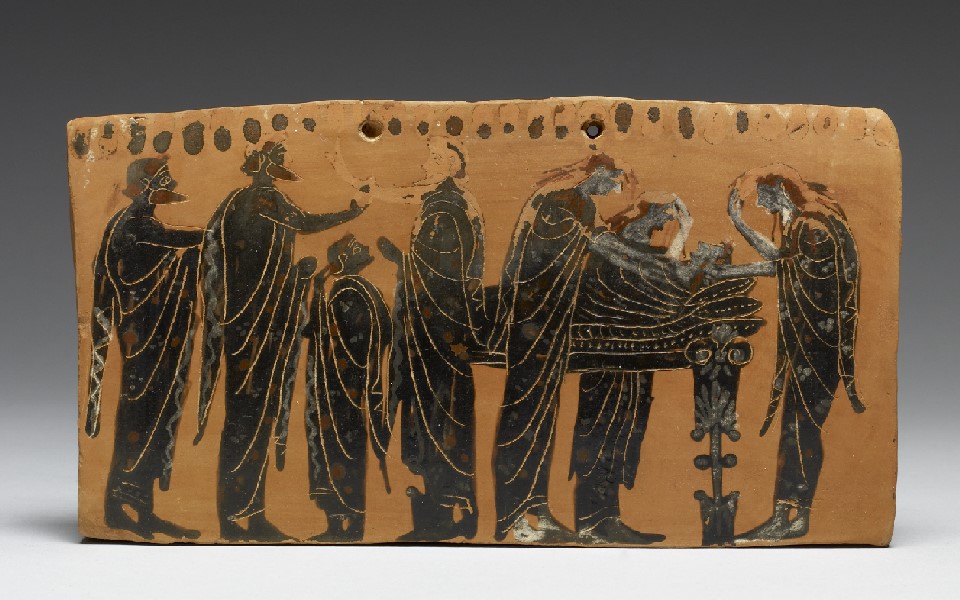
© Public domain
Competitive mourning
The ancient Greeks had professional mourners (“moirologists”) who were hired to mourn loudly at funerals. The louder and more intense the mourning, the more it was believed to honor the deceased.
Professional mourners were almost exclusively women who sang lamentations while family members and friends of the dead attended the “prothesis” – the laying out of the body. Forming a procession, the mourners would typically wail and tear at their hair, and violently scratch their faces as a sign of grief. The wealthier and more powerful the deceased, the more professional mourners would have been present at the funeral.
Intriguingly, this tradition continues today in Greece, albeit slightly toned down. While they no longer pull out their hair, the moirologists still make offerings to the deceased in the form of locks of hair, perfume, oil, wine, honey, and floral garlands.
Fear of Beans
Some* ancient Greeks had a peculiar fear of broad beans (also known as fava beans). These strange individuals, who were followers of the mathematician and philosopher Pythagoras (c. 570-c. 495 BC), eponymous founder of Pythagoreanism, believed the beans contained the souls of the dead, thanks to their flesh-like texture.
Furthermore, the black-spotted flowers and hollow stems led Pythagoreans to believe that the plants connected earth to the underworld (Hades), providing a route for human souls to come back to the world of the living. This association with reincarnation led some believers to reason that eating fava beans was an act of cannibalism. It should be noted that other Greek and later Roman writers openly mocked this belief; Horace (65–8 BC) famously referred to fava beans as “relations of Pythagoras.”
Even so, there is a known genetic order, more common in the Mediterranean region than anywhere else in the world, known as “favism.” The disorder triggers anemia-like symptoms if the person consumes the beans or inhales the pollen from the flowers, with extreme cases resulting in heart failure. The Pythagoreans may have been onto something after all!
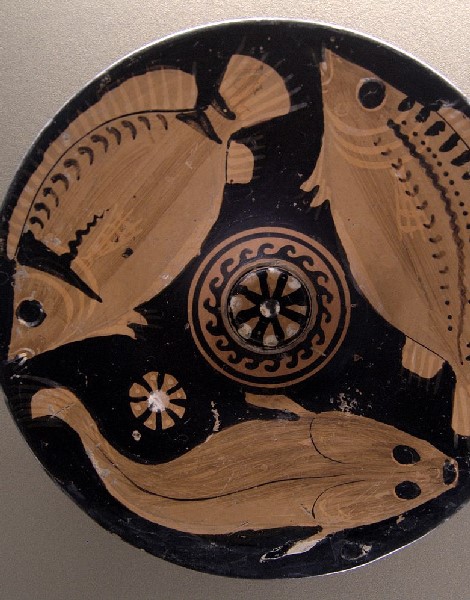

Fascination with Eels
Eels were known to the ancient Greeks as “enkhelus” and held a prominent place in their culture and mythology.
One of the main reasons for their fascination was the mysterious nature of eels. The Greeks were intrigued by the fact that eels could seemingly appear out of nowhere in bodies of water, and their elusive behavior made them difficult to study. Eels were known to migrate between freshwater and saltwater habitats, and the Greeks were fascinated by their ability to adapt to different environments.
The life cycle of eels also added to their allure. The exact reproductive mechanisms of eels were not understood by the ancient Greeks, who simply believed they were spontaneously generated from the mud or bottom sediments of the sea or river. This mystery surrounding their reproduction sparked curiosity and speculation.
Moreover, eels held culinary value in ancient Greek society. They were considered a delicacy and were frequently featured in feasts and banquets. Eels were also associated with the healing properties of water, and their consumption was believed to have therapeutic effects. Greek philosopher Aristotle even wrote about the different types of eels and their culinary preferences.
The Healing Power of Fish
The concept of ichthyotherapy, or the use of fish for healing purposes, can be traced back to the physician Hippocrates, who believed that certain species of fish possessed healing properties that could benefit various ailments and conditions.
For example, it was believed that various parts of fish, including their flesh, scales, and oils, when applied to wounds, could promote healing and tissue regeneration. These ingredients were used in the preparation of medicinal remedies, ointments, and poultices. For example, fish oil was used as a topical treatment for skin conditions and wounds, and fish scales were sometimes ground into a powder and applied to skin ailments.
Additionally, live fish were used for their movement and secretions. It was thought that placing live fish on wounds or affected areas could provide pain relief and aid in wound healing. The fish were believed to secrete substances that had therapeutic effects.

